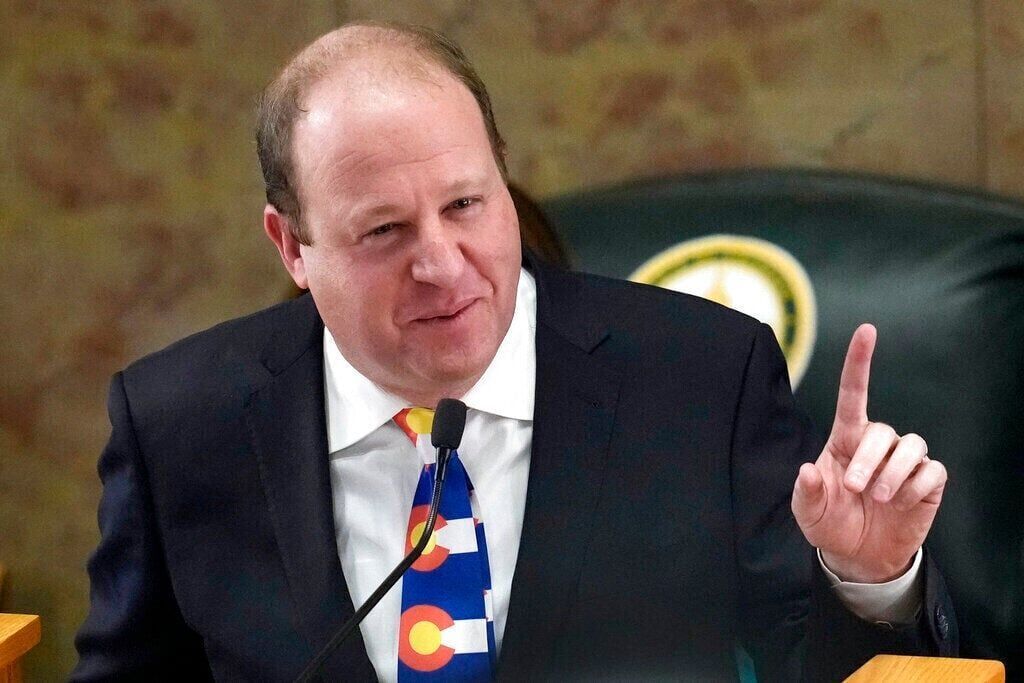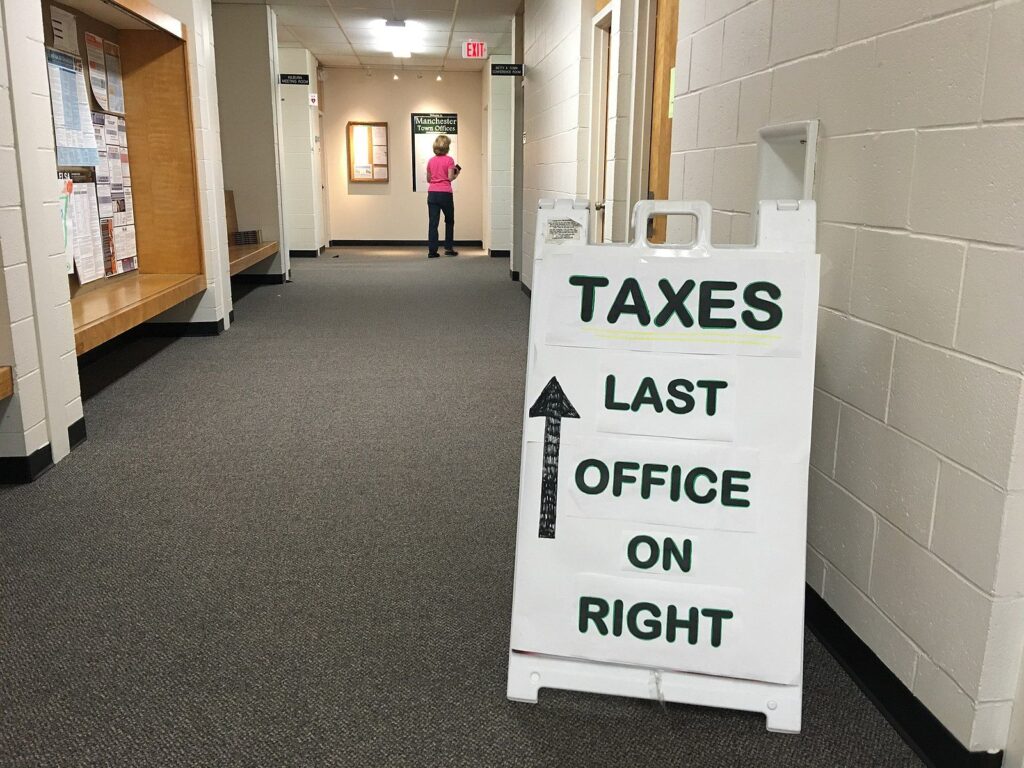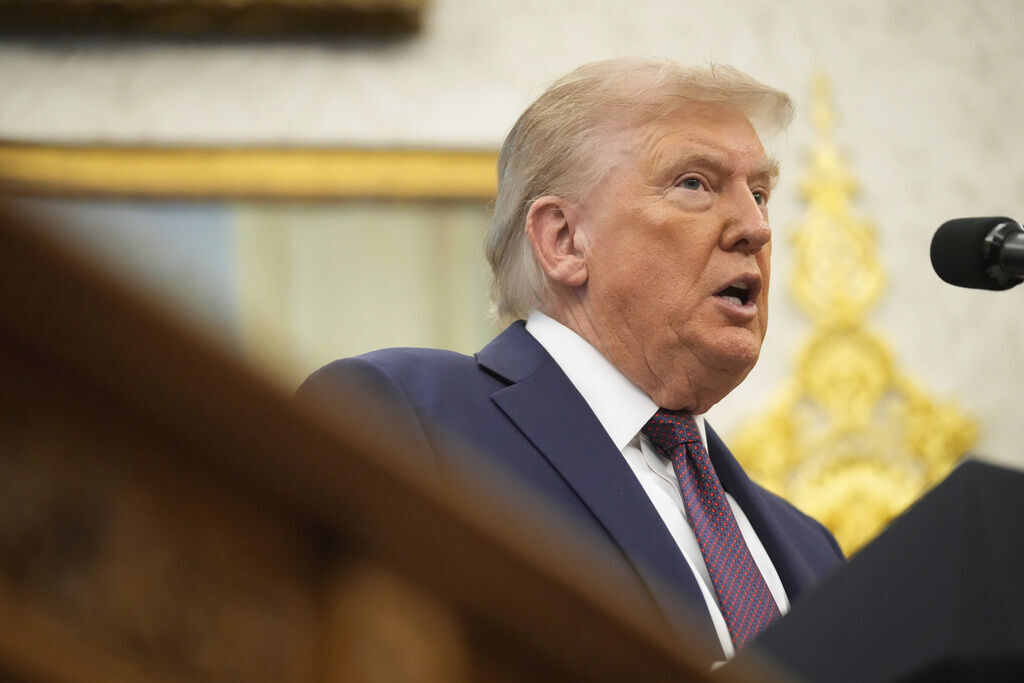15,000 immigrants from US-Mexico border cost Denver $23 million so far

Denver has so far spent nearly $1,500 per immigrant since the city has seen an influx of refugees from South and Central America who have crossed the U.S. border with Mexico, according to a Denver Gazette analysis.
Since early December, Denver has seen 15,515 immigrants arrive at a cost of more than $23 million, according to data published by the city.
To date, Denver received roughly $4.4 million in reimbursement from the state and federal governments. City officials are also expecting $8.6 million from the U.S. Department of Homeland Security.
To calculate the per-immigrant cost, The Denver Gazette divided the total number of immigrants by the spending to date. That came out to roughly $1,482 each.
For comparison, the city has also been pouring significant resources into Denver’s growing homelessness crisis. Last year, Denver spent $152 million on this problem. At almost 5,000 homeless people based on a count in January 2022, that came out to $31,700 per homeless person.
The January 2023 count put the number of homeless people at 5,818 in Denver. At $254 million in allocation this year, that means the city is spending nearly $43,700 for each homeless individual.
In addition to feeding and temporarily housing immigrants, Denver taxpayers have also paid for 8,100 in airline and bus tickets since Dec. 6, city officials told The Denver Gazette on Tuesday.
The majority of those tickets were bought this year.
Denver has not traditionally been a gateway city. Immigrants have tended to favored larger metros, notably New York, Chicago or Los Angeles.
The majority of immigrants earlier this year went to New York and Illinois, according to a cost breakdown obtained in a Colorado Open Records Act request in January.
City officials do not know how many immigrants have decided to make Denver their home.
Previously, officials estimated as many as 70% of arriving immigrants traveled to another place after stopping in Denver.
While the status of arriving immigrants is not tracked, the number of purchased tickets provides some clues. The city bought tickets to travel out of town for roughly half of the arriving immigrants.
Refugees fleeing Central and South America – particularly Venezuela – illustrates the immigrant crisis that has spilled over into interior cities like Denver, which is more than 600 miles from the Mexican border in El Paso, Texas.
The arrival of 90 immigrants at Union Station in December put the issue on the radar for Denver officials. A few weeks later, the number of arrivals swelled. At one point January, the number of immigrants in temporary shelters soared to more than 1,600.
The numbers, at times, have overwhelmed Denver.
At one point, early in the effort, then-Mayor Michael B. Hancock said the city’s finances “are at the brink.”
“And as mayor and as members of City Council, as agency leaders, we’ve got to be honest and say we can’t do any more. We have come to that point,” he had said, blaming the unfolding crisis in his city on the nation’s broken immigration system, saying cities are taking “the brunt” of the federal government’s failures.
Hancock had issued an emergency declaration on Dec. 15, when the city housed about 400 immigrants in shelters.
Hundreds of immigrants from the southwest border were transported out of Denver to gateway cities in urban areas that have long attracted refugees and asylum seekers before Colorado notified officials in these arriving cities, the Denver Gazette has learned.
The crisis also became a point of contention between Colorado, on the one hand, and New York City and Chicago, whose leaders called for the busing of immigrants from Denver to their doorsteps to end. In January, New York City Mayor Eric Adams’ administration told the Denver Gazette that he spoke with Hancock the week of New Year’s Eve about “asylum seekers.” Adams’ office also said Chicago Mayor Lori Lightfoot reached out to the New York City mayor, informing him that Colorado had notified her the state would be busing immigrants to Chicago.
For weeks, the city of Denver had been paying transportation costs for indigent immigrants to travel to the city of their choice. It became an issue when the governor’s office got involved and officials from other states complained publicly.
The crisis prompted the Biden administration to decide that those who crossed into the U.S. illegally won’t be eligible for asylum. A Biden official said people who do not use “available lawful pathways” to enter the U.S. will now face “tougher consequences, including a minimum five-year ban on re-entry and potential criminal prosecution.”
City officials and immigrant advocates have cited Denver’s reputation as a “sanctuary city,” the existing immigrant population and the major east-west interstate corridor that connects to the east coast, as reasons for the Colorado surge.














